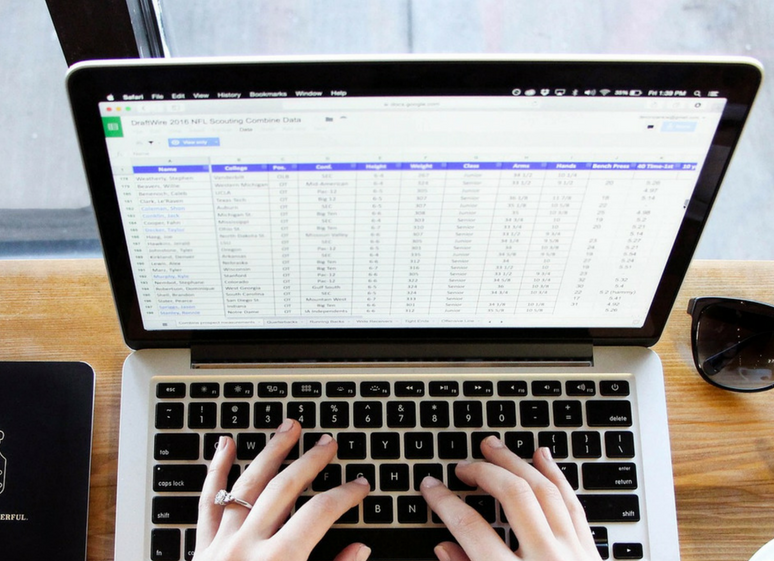5 Dangers of Using Spreadsheets in EHS
Spreadsheets are the most common tool corporations use to manage their EHS data. According to a recent NAEM survey, 84% of EHS leaders say they use commonly available applications like spreadsheets as part of their data management system. It’s no wonder so many organizations still rely on Excel: It’s familiar, cheap, and widely available. Unfortunately, the same features that make spreadsheets attractive also make them a huge risk. Here are 5 serious dangers of using spreadsheets in EHS:
1. Data errors
Decades of audits and experiments have shown that 88% of all spreadsheets contain “significant” errors. Even carefully developed spreadsheets will contain errors in 1% of all formula cells. That means that in large, complex spreadsheets — like those used to calculate environmental data — there will be dozens of errors.
Unfortunately, the research shows that not only are we prone to making errors, we’re also bad at detecting them. And since there’s no tool for checking for spreadsheet errors, many of these mistakes will simply go unnoticed. That is, until they cause a problem.
Even minor discrepancies can have major consequences. A single omission or formula error can dramatically alter the end result of a calculation. These errors can cost hundreds of thousands of dollars in regulatory fines or penalties. Worse, if you’re basing decisions on incorrect or incomplete data, you could potentially overlook a serious risk that leads to an accident.
2. Data loss
You should never rely on Excel to save critical business information. What happens if your computer crashes? Or you accidentally delete a file and realize you need it back?
Unfortunately, spreadsheet applications don’t have built-in backups or disaster recovery. But even if you’re cautious and create manual backup copies in your email or Dropbox, there’s still a lot that can go wrong.
Since there’s no versioning or change tracking in Excel, there’s no way to know if you’re working with the most current version of a file. And there’s no way to prevent a colleague from saving over your work.
As long as you’re using spreadsheets to store your EHS data, months or years of work can simply disappear in seconds.
3. Information security
Using Excel for EHS functions poses a number of security risks.
Unlike properly managed IT projects, Excel spreadsheets tend to fly under the radar of information security teams. Sharing spreadsheets through email, USB drives, and file-sharing services adds another level of risk.
Even password-protected workbooks aren’t as safe as you might think. Microsoft Office discourages users from distributing workbooks that contain sensitive information, like those used to store EHS information:
“Worksheet level protection is not intended as a security feature. It simply prevents users form modifying locked cells within the worksheet.”
And if you forget or lose your password, you’re out of luck — Microsoft can’t retrieve it for you.
4. Lack of proper controls, documentation, and training
Since spreadsheets are looked at as a user-developed application, most companies don’t have policies in place for spreadsheet development, review, or training.
The result? A web of poorly designed spreadsheets overflowing with data. To make matters worse, there’s usually no standard for file naming and folder structure which makes it impossible to locate the information you need.
There’s also the risk that when key people retire or change roles, you’ll lose years of institutional knowledge. It can take a significant amount of time to identify past practices, document known information and tools, and train others to replace vacant and open spots. In the interim, you run the risk of noncompliance and missed tasks or activities.
5. Inefficiency
For most EHS pros the most obvious danger of using spreadsheets is that they’re a time-suck.
Data has to be painstakingly entered cell-by-cell, then copied and pasted from one spreadsheet to another. Every time a regulation or permit limit changes, you have to manually adjust calculations.
That means you’re wasting time tinkering with formulas when you could be working on high-value tasks like putting your ISO 14001 environmental management system in place or focusing on sustainability initiatives.
Your next steps
Fortunately, the way to avoid all these dangers is simple: Stop using excel in favor of specialized cloud-based EHS software.
